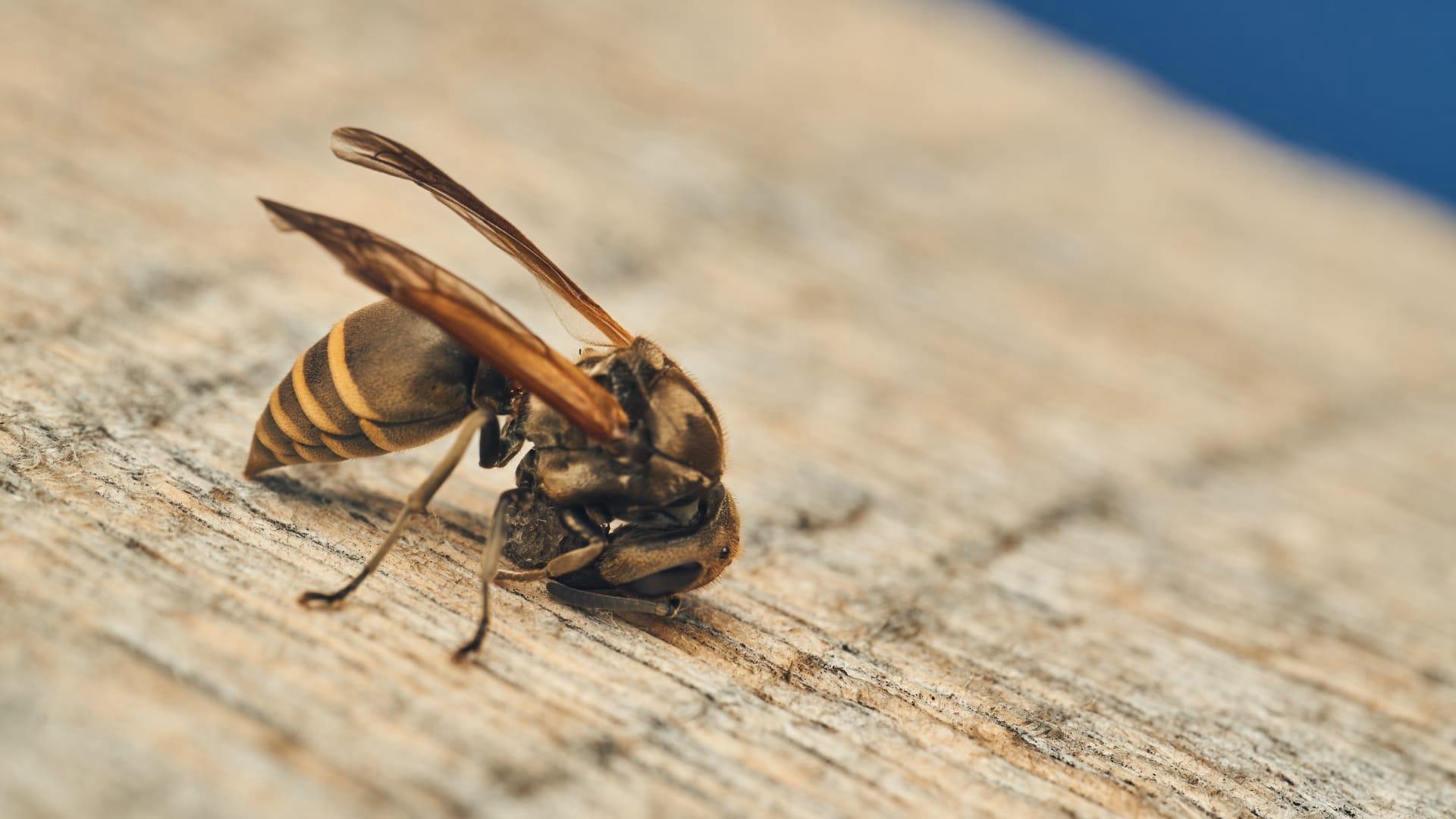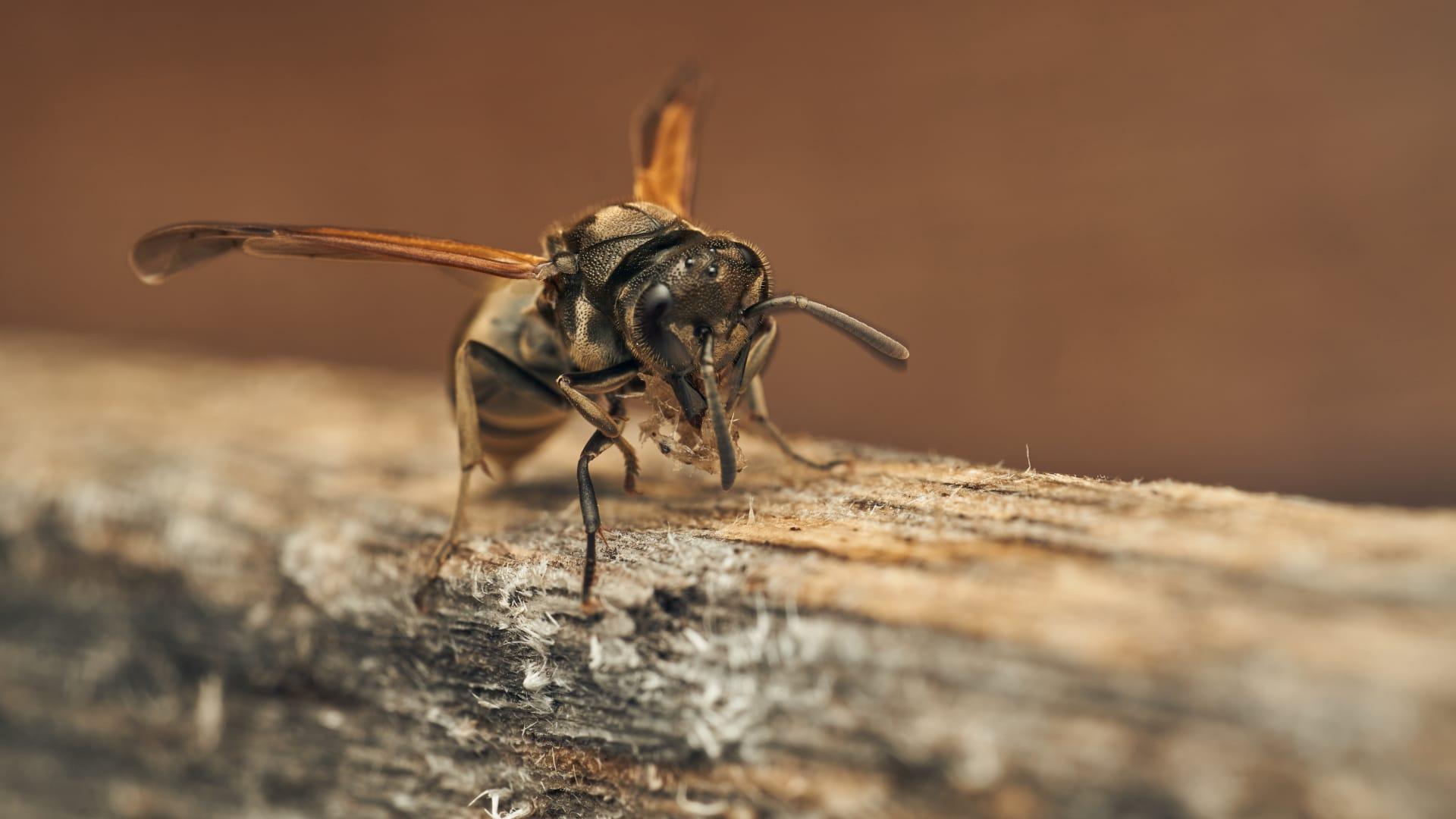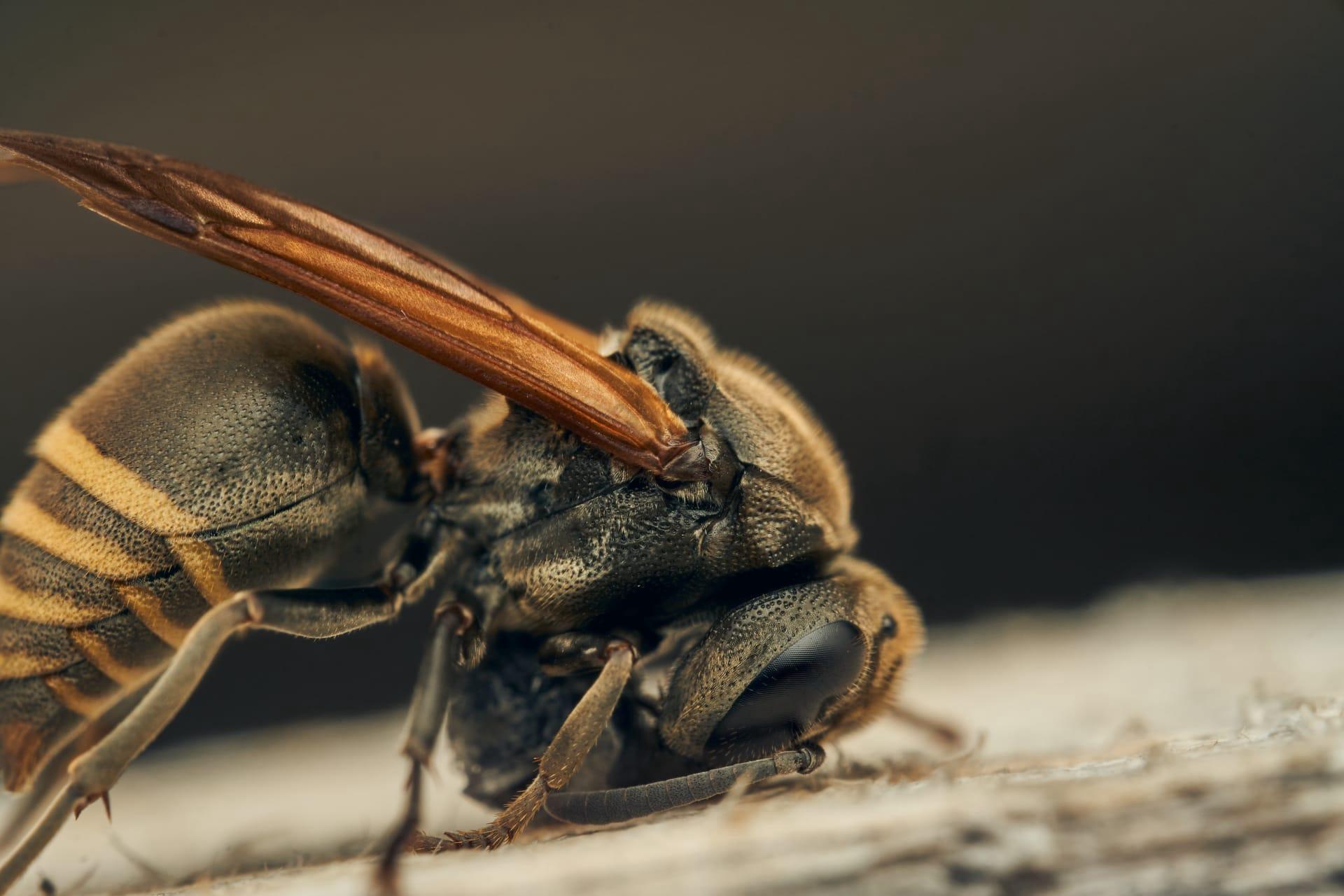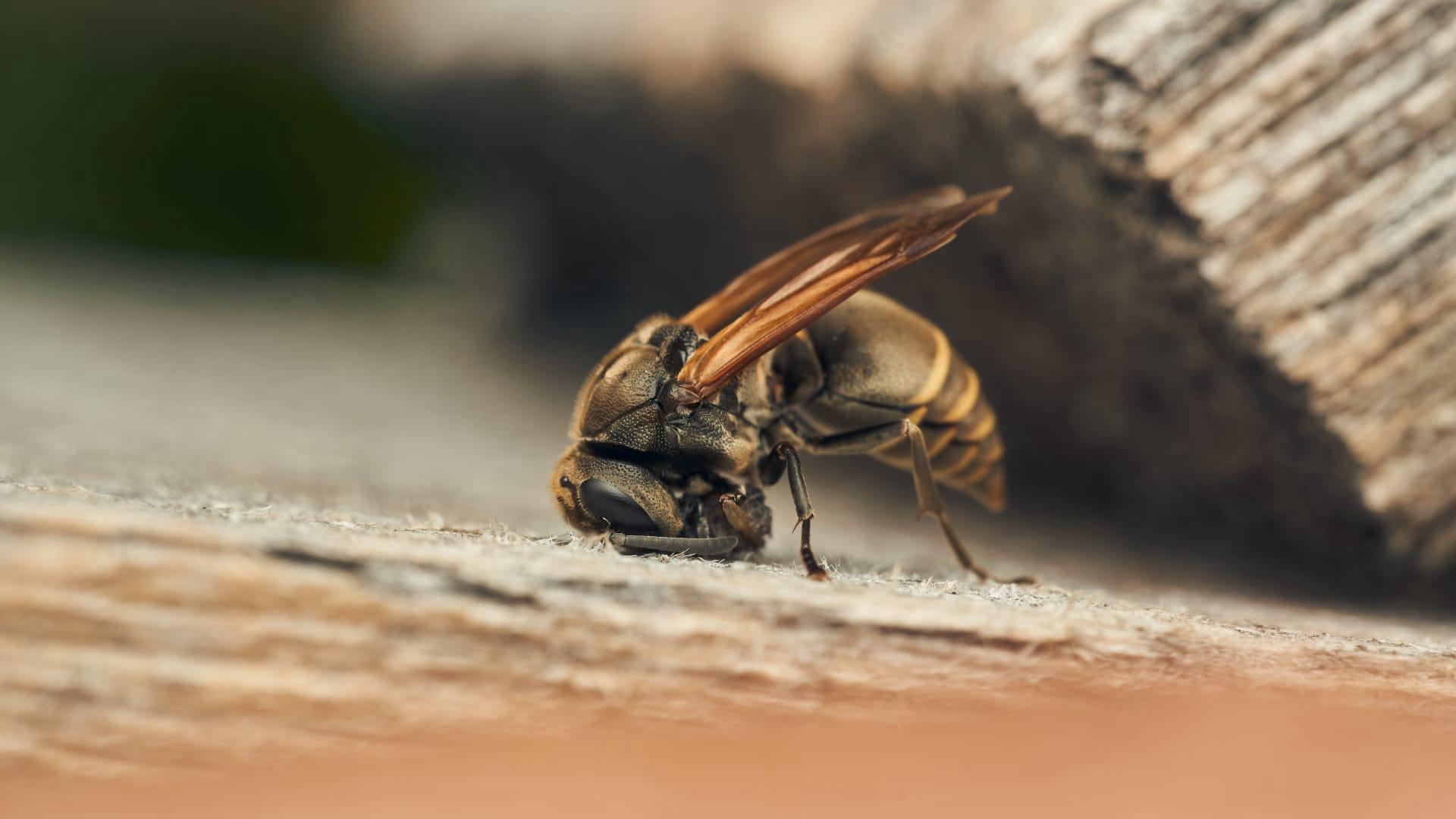Paper Wasp Characteristics
- Home /
- Mini Encyclopedia /
- Animal /
- Paper Wasp Characteristics
1
Welcome to the world of the Paper Wasp, fascinating insects with unique characteristics. Adult paper wasps typically measure about 0.7 to 1.0 inch (1.8 to 2.5 cm) in length, displaying a slender body with a narrow waist. Their lifespans vary significantly depending on their role in the colony. Worker wasps generally live for a few months, while queens can survive up to one year, an impressive feat among insects.
One of the most distinctive organs of a paper wasp is its stinger. Unlike bees, paper wasps can sting multiple times. This stinger is not just a defense mechanism; it's also a sophisticated tool for hunting and feeding. Paper wasps use their stingers to paralyze prey, primarily caterpillars, which they feed to their larvae. This hunting technique showcases their role as important predators in controlling pest populations.

2
Question: Why do paper wasps build their nests out of paper-like material?
Answer: Paper wasps are master architects, constructing their nests from a paper-like substance. This material is actually a mixture of plant fibers and wasp saliva. They chew wood fibers, mixing them with saliva to create a pulp, which hardens into a sturdy, water-resistant structure. This method of nest-building is not only efficient but also allows for easy expansion and repair, showcasing the wasps' remarkable adaptation to their environment.

3
Paper wasps are known for their agile flight. They can fly at varying speeds and make quick turns, a crucial ability when hunting or evading predators. Their flight is characterized by smooth, gliding motions interspersed with rapid wing beats. This dexterity in the air is essential for collecting food and materials for nest-building.
In terms of feeding, paper wasps are carnivorous and primarily feed on other insects, especially caterpillars. They play a vital role in controlling the population of these pests in gardens and agricultural areas. Adult wasps will also feed on nectar and other sweet plant secretions, providing them with the necessary energy for their high levels of activity.

4
Paper wasps thrive in a variety of environments, often found in gardens, fields, and suburban areas. They prefer locations that provide a combination of sun exposure and protection from elements, such as under eaves or in dense vegetation. Their adaptability to different environments highlights their resilience and ability to coexist in human-altered landscapes.
Reproduction in paper wasps is a fascinating process. In the spring, a fertilized queen starts a new colony and lays eggs. These eggs hatch into workers who expand and maintain the nest. In late summer, new queens and males are produced; these mate, and the cycle continues. The survival of the colony depends on this intricate cycle of growth, reproduction, and seasonal adaptation.

5
Book: "The Secret Life of Wasps" by Linda O'Neil, published in the United States in 2015. This book offers an in-depth look into the behavior and ecology of various wasp species, including paper wasps. O'Neil's engaging narrative combines scientific research with fascinating anecdotes, making it accessible to both enthusiasts and casual readers.
Book: "Wings of the World: A Journey with Wasps" by Dr. Richard Turner, published in the UK in 2018. Turner, a renowned entomologist, explores the diverse world of wasps, dedicating a significant portion to paper wasps. His book delves into their evolutionary history, ecological role, and the challenges they face in a rapidly changing world, presented in a captivating and reader-friendly style.